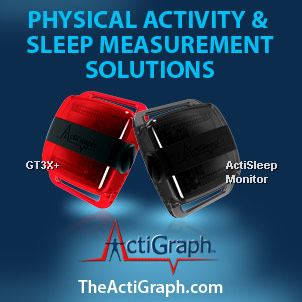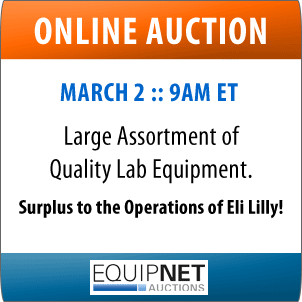|
Aug 16
2010
|
No. 41: Does a Poster Alone Count as "Public Disclosure" under Patent Law, or Must There Be Handouts, Too?Posted by: PIA in Tagged in: Untagged
|
|
Sign Up to receive free weekly articles like these
INTELLECTUAL PROPERTY
Does a poster alone count as "Public Disclosure" under patent law, or must there be handouts, too?
Reader Question: Some principal investigator colleagues of mine seem to have what might be called “presentation eagerness.” They want to offer their findings publicly as soon as possible. As a result, we often have "poster sessions" and lectures that are open to the public. Does a poster alone count as "public disclosure" for purposes of patent law, or do PIs trigger public disclosure only when they offer handouts, too?
Expert Comments: To the first question — as to whether a poster alone constitutes public disclosure — the answer is perhaps, under circumstances such as this: If you have a poster or several posters that the public can readily access and see, the courts might regard that as a public disclosure. That would start the one-year time clock for you to file a patent application.
The final determination of whether it's public disclosure often is a very fine line and each case is different, so a PI should consult his or her attorney or technology-transfer office for specifics of their particular case.
But here is an example that provides a guideline: A lecture is not a publication. However, if every time you give a lecture you put it on a CD-ROM, that is publication of the work and would count as public disclosure. In such cases, the poster session would be a public disclosure.
Here’s an option: If you as a PI want to have a poster session, instead of inviting the public, invite only select people to the lecture. And use a non-disclosure agreement that says that all information will be kept confidential and won’t be disclosed or used for your own benefit.
Another option is to file a provisional patent application with the patent office before the session. That establishes a priority date.
An effective general outline for the provisional application would be: The PI would explain what the problem is, how the prior art has failed to solve the problem, and how he or she will solve the problem. That should help protect their intellectual property – but again, consult the technology-transfer office for the specifics.
Expert comments by Howard Rockman, a Chicago-based patent attorney, intellectual property management consultant, author and lecturer. He has more than 40 years of experience in patent and IP issues.
Howard Rockman recently partnered with Principal Investigators Association for a riveting audio conference on Intellectual Property and Patent Laws. If you are interested in obtaining a recording (MP3 or CD) or a PDF transcript, click here!
written by Bruce Dowsing, August 16, 2010
written by Neil Lupton, August 16, 2010
MPEP 2128.01 states (among other things) "Even if access to the library is restricted, a reference will constitute a "printed publication" as long as a presumption is raised that the portion of the public concerned with the art would know of the invention." This is part of the reason for the statement that one's presentation is more of a burden to one's own application than to 3rd parties.
written by David Felten, MD, PhD, August 17, 2010
written by Observer, August 17, 2010
written by Dr. Fred, August 18, 2010
written by Pierre Mallia, August 23, 2010



